- 5.03K Posts
- 3.01K Comments



Yeah, wind and solar seem to be able to go for 50+ years too. The main reason they’re not doing that so far is that newer installations can kick out more electricity (and money) in the same footprint.

Right, but nuclear remains far more expensive than wind and solar, which is why almost no new nuclear gets built.
I’ll also note that a chunk of the data is from 2007 and 2008, and the price (and greenhouse gas emissions associated with) both wind and solar have declined markedly since then.

Yeah, it’s roughly at a peak, with the first actual drop seeming more likely to happen next year, rather than this year.

The main problem with carbon removal is that it’s expensive, and removing it doesn’t produce a product you can sell. So in practice, doing something like what you describe within a generation requires a system of taxation which absorbs 40% or so of total economic output, and uses it to sequester carbon. That seems, to put it mildly, politically very difficult.

If we actually cut emissions to zero, we can expect to see the Impact within a lifetime to be substantially limited. It’s not that far off if we actually succeed.

 11·7 days ago
11·7 days agoThe fuel becomes hot because the nuclear reaction in it is producing both light (eg: gamma rays) and fast-moving subatomic particles. These both interact with the rest of the fuel to heat it up.

 261·7 days ago
261·7 days agoIn most places, at most times of day, a lot less.
Why? First, because a lot of electricity is generated using wind, water, solar, and nuclear. Those don’t have that problem (ok, nuclear wastes a lot of heat, but really, who cares). The second reason is that power plants that burn stuff tend to be a lot more efficient than internal combustion engines; the best case is combined-cycle gas turbine power plants, which turn over 60% of the energy available into electricity, as compared with a gasoline engine which turns about 20% of the energy in the gas into motion.

As others have mentioned, this doesn’t actually change much. Something near 90% of Chinese emissions are to support Chinese consumption

They do…and they appear to have just started reducing their greenhouse gas emissions as their wind and solar buildout is happening fast enough to displace fossil fuel use. They’re also the main exporter of those technologies, so a push for decarbonization will both cut their own emissions and those of the rest of the world.
It’s a real indictment of the American Republicans that they chose to fight renewables every step of the way — the US could have been in an incredibly strong leadership position had they chosen to support them instead.

The benefit mostly accrues to the people using the electricity solar and wind generate. If you’re making decisions for a society, instead of on behalf of rentiers who can donate, there are strong reasons to choose it.

If they actually worked, it would be payment to somebody who has taken an action to prevent emissions they otherwise would not have prevented. In practice, it’s 90% middlemen who claim to have paid somebody to take such an action, but no such action actually occurred, or a completely ineffective action occurred.

Probably Putin, who vetoed any suggestion of other locations.

This one has a link to https://www.theguardian.com/business/2024/nov/08/climate-breakdown-will-hit-global-growth-by-a-third-say-central-banks
Maybe a client issue on your end?
Or are you subscribing via mastodon instead of lemmy?

We lost the election, but Biden was pretty demonstrably a lot better.
That was always the Rolling Stone business model — talk about the bands, and throw in a side of serious political news.

I wouldn’t say that the movement towards state action weakened under Biden; we got some great examples of it, such as the requirement for renewables in Minnesota.

Sorry, but accelerationism only gets us a lasting fascism. It doesn’t get us the kid of stable world where people can substitute wind and solar for fossil fuels

Probably six months before we see big auctions again.







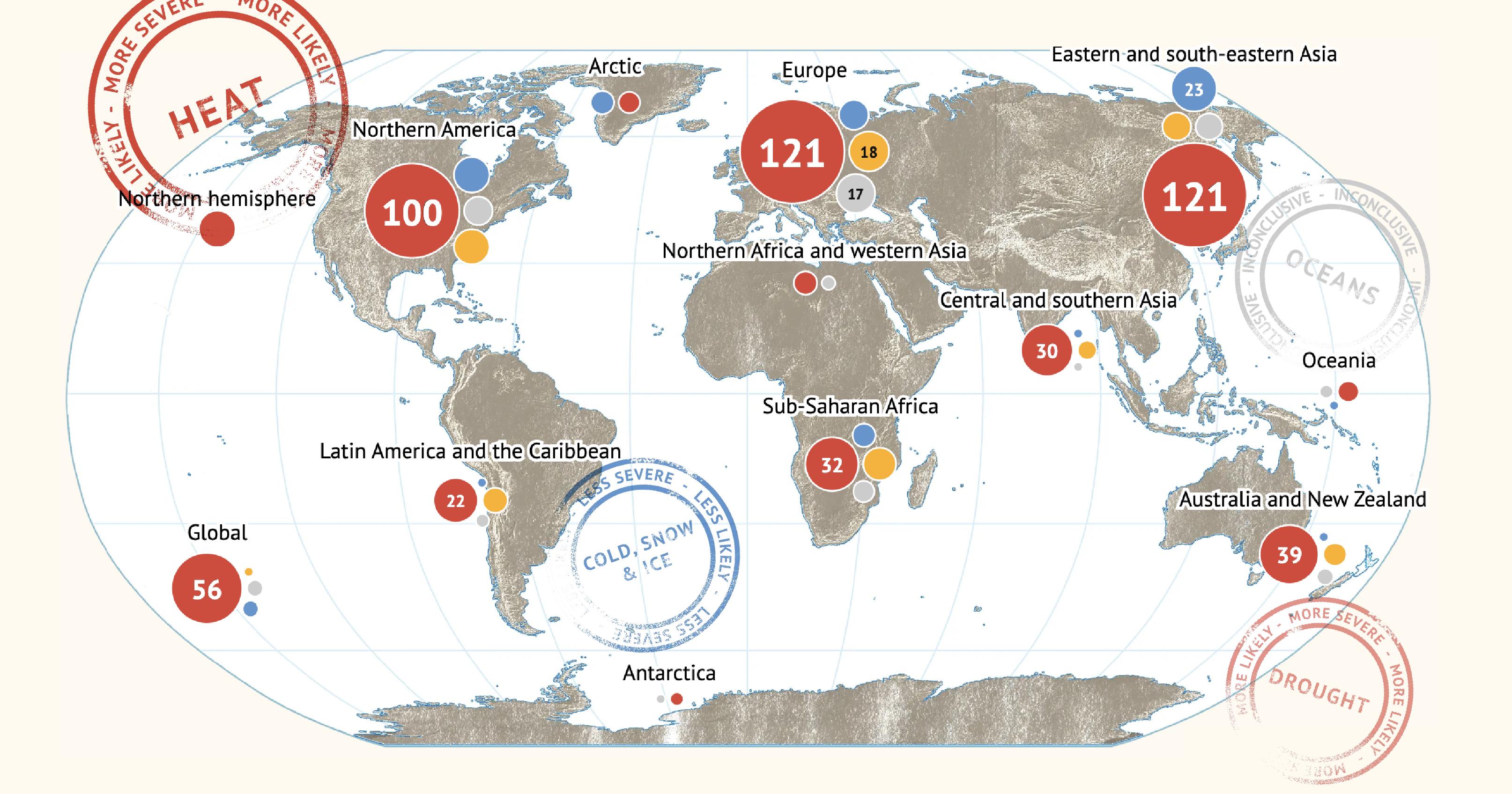
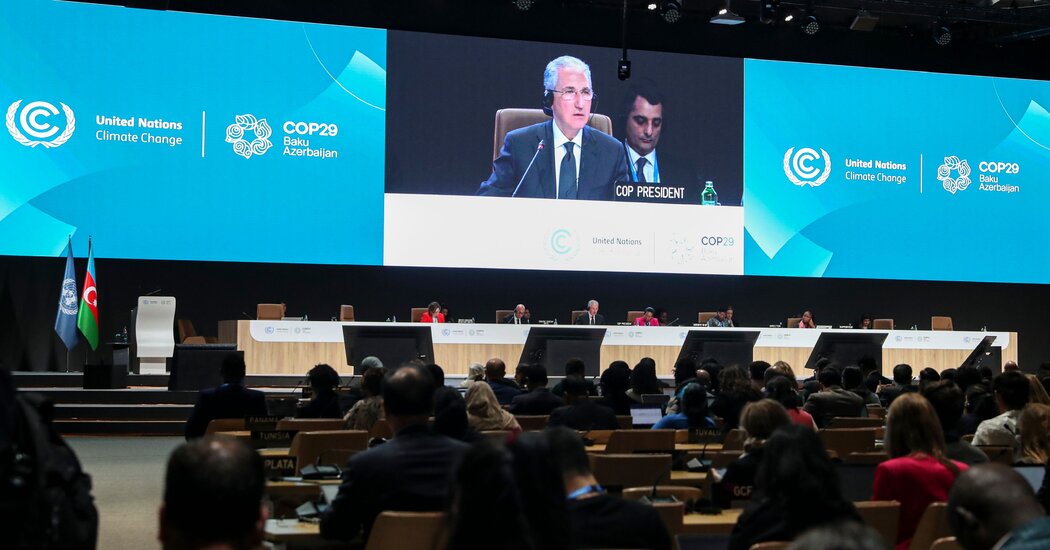
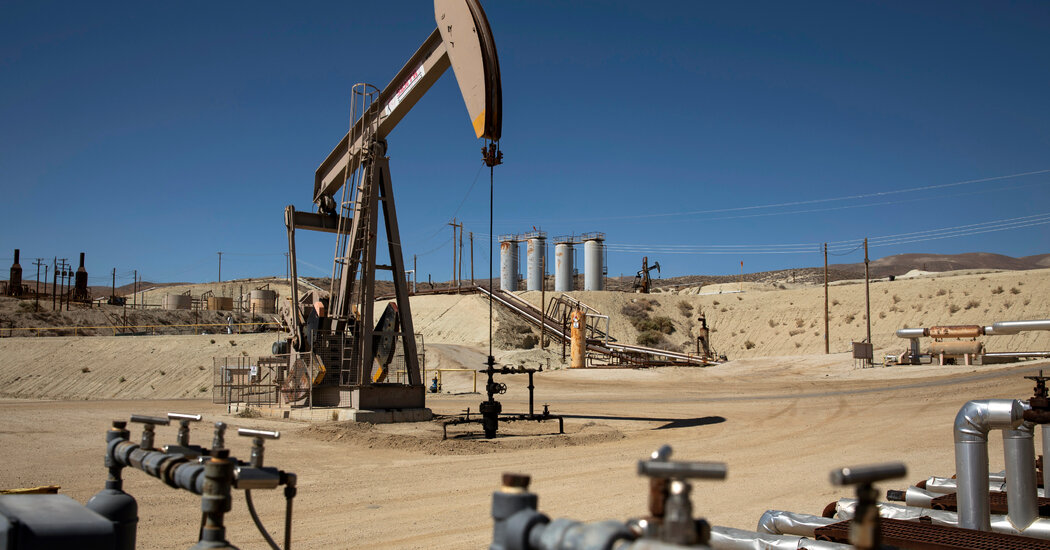




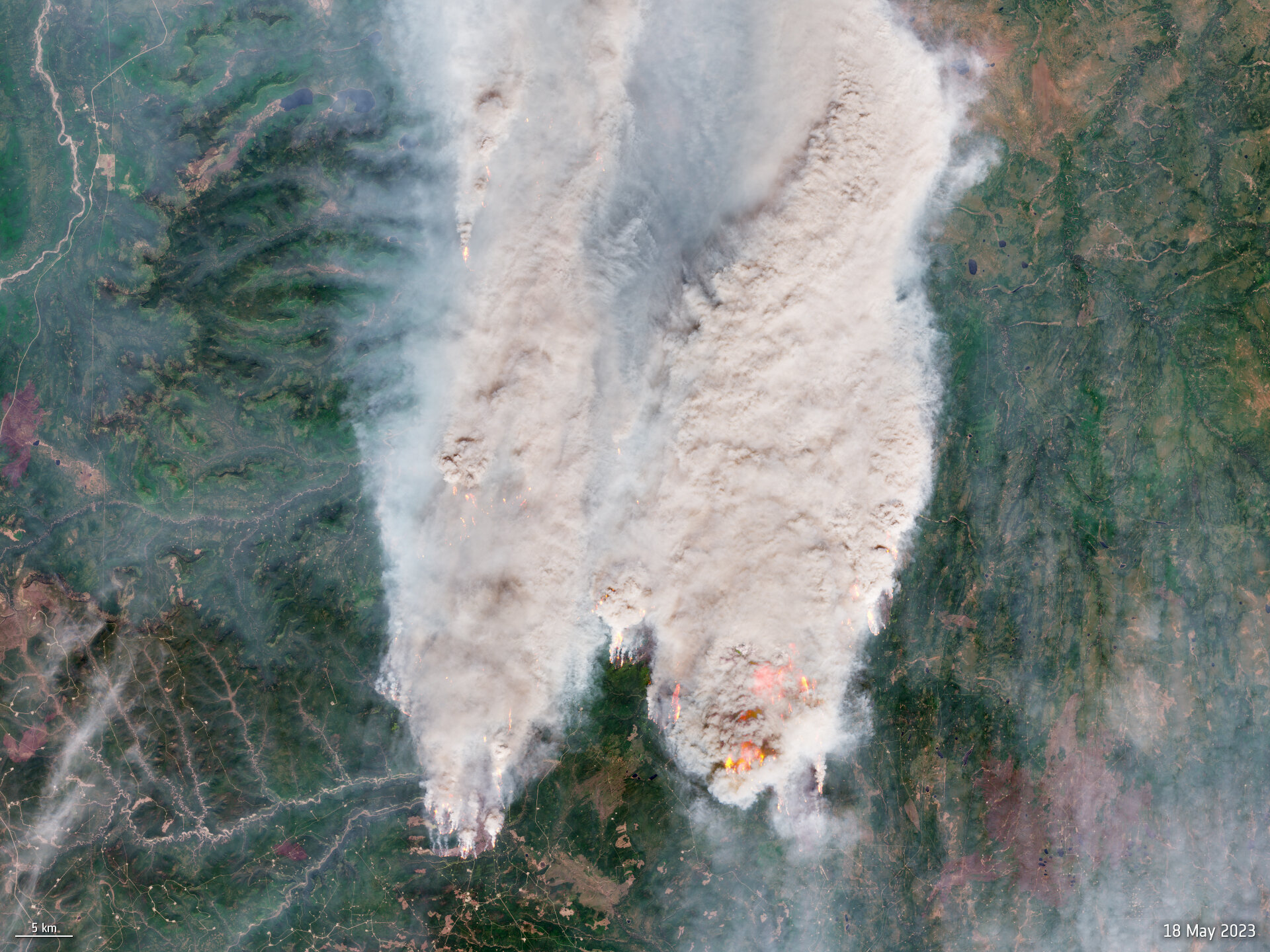
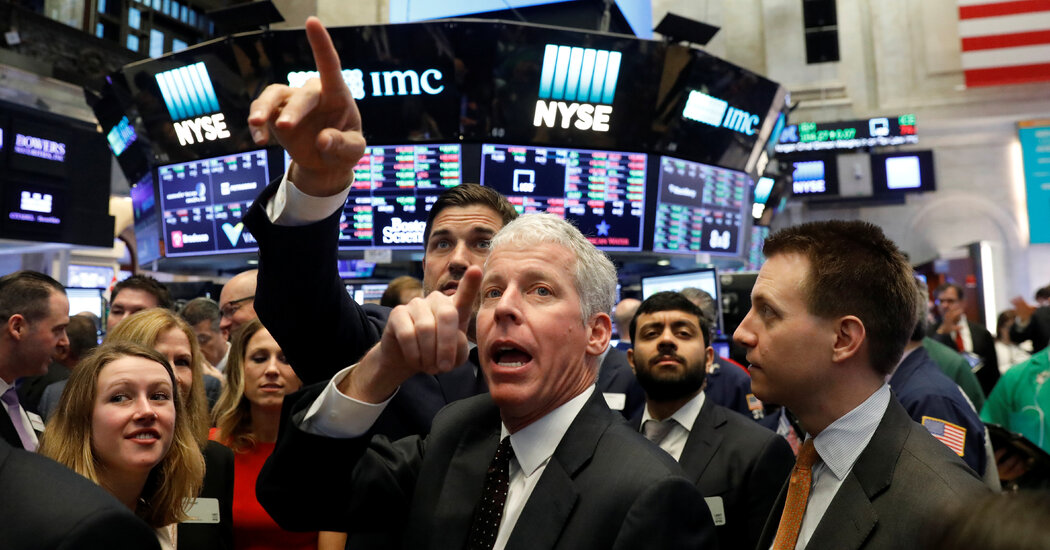

We’re not quite that bad right now; efforts already taken probably dropped it to something more like 3°C of warming by 2100 with further warming thereafter.